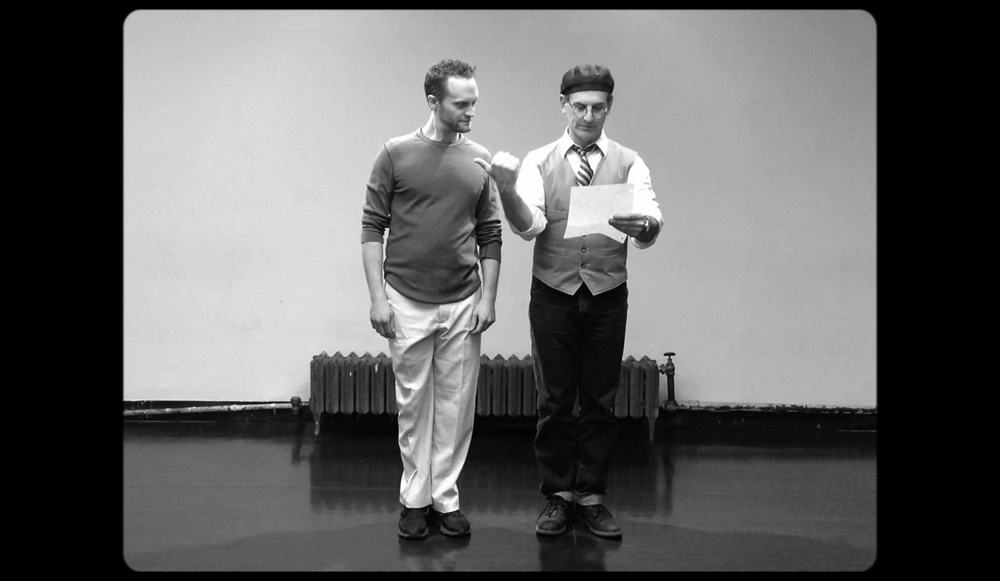One of my fascinations with silent film is with how it is that it is shown faster than the speed at which it was shot, but doesn’t look it. Once I figured out that the secret is in adjusting the tempo of the performers’ physicality, the next step was to shoot tests to see if I could replicate what comedians and actors were doing over a hundred years ago to the same effect.
Over the last several years I have had the great fortune to meet, work and play with some of the many talented members of NYC’s clown and physical comedy community. I’ve participated in the weekly NYC Physical Comedy Lab, and have been in and involved with a few shows done by physical comedy theatre company Parallel Exit. This has informed me about what what happened in front of camera in the silent era in a way that merely watching the films over and over could never do.

Using the smartphone app Filmic Pro, over the last several years I’ve shot a lot of “undercranking” silent film tests with the clowns and physical comedians I’ve gotten to know. When we’ve gotten the taking speed and physical adjustments just right, the results look very much like what silent era silent film looks like.
Working with clowns and physical comedians has made understanding and replicating silent film comedy a lot easier. These comedians already know and understand the physicality of how to perform this kind of comedy. So it’s just been a matter of slowing it down a tad, and inserting pauses here and there, like physical commas, as needed.
Filmic Pro is the only app I’ve found that has the ability to shoot at variable speeds that emulates the way a motion picture camera would behave. When you film at 16 frames per second in Filmic Pro, the app actually only takes 16 images per second and also adjusts the shutter speed accordingly. The latter is something most apps do not do.
In this and the next four blog posts I’m going to share some short one-minute undercranking tests that were done a few years ago with some of the Parallel Exit folks. Joel Jeske, Danny Gardner, Mark Lonergan and I went to a rehearsal studio in NYC for a few hours, and cooked up these little short bits. Each of them employs the basic performance adjustments, the abandoning of logic, and the flaunting of gravity and physics that silent comedy did back in the day. These videos are not perfect, but they’re awfully close to the “look” of silent film.
I will also look for the tests and experiments I filmed with the NYC Physical Comedy Lab and at some point, will share those as well.
One key asset we had that no one had in the silent era was that because we were filming with an iPad and with Filmic Pro, we were able to watch each of our “takes” immediately after shooting, and could see where we needed to slow down and insert or lengthen pauses in physical movements so they would read and not zip by. We could identify the adjustments we needed to make, as well as see opportunities of where else we could take the business, and re-shoot.
I hope you enjoy these little 21st century Kinetoscope-length films.
This first one was basically about getting the tempo of movements right, making them slightly more deliberate or slower than real-time, and in breaking up movements with brief pauses that the undercranking would erase when sped up so they’d register and not look like sped-up film.
Next posts in this series:
- part 2: tossing someone away
- part 3: slapstick slap fights
Links:
- “Undercranking: The Magic Behind the Slapstick” – my article on the subject published in the October 2015 issue of the Journal of Film Preservation
- “A Study in Undercranking” – my video about the technique made by Criterion Collection for their release of Charlie Chaplin’s The Kid; available on disc and streaming
- the Filmic Pro app website for info and purchase/downloading
- My YouTube channel with silent comedy film undercranking deconstructions
- Parallel Exit physical comedy theater
- Joel Jeske’s website
- Danny Gardner’s website